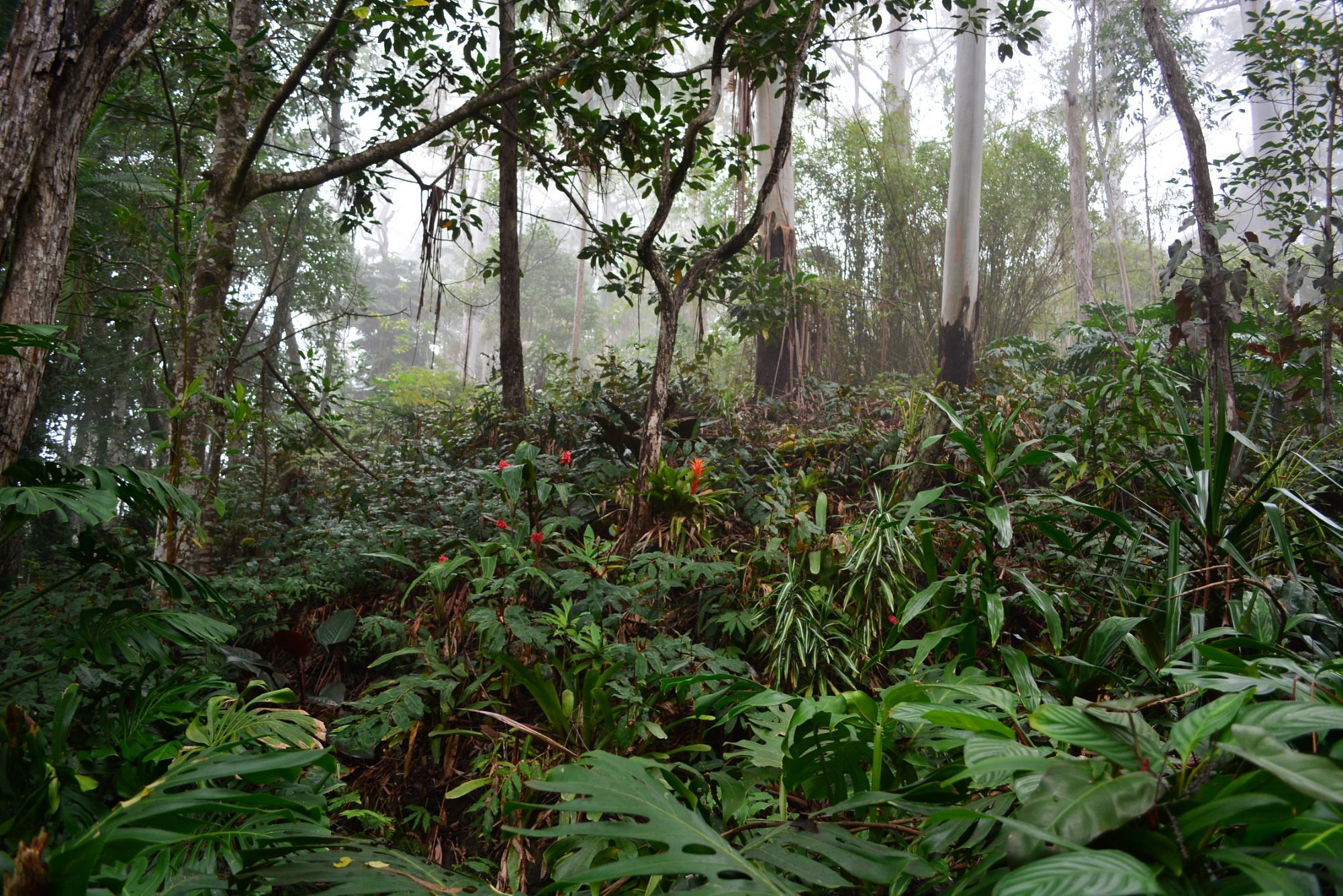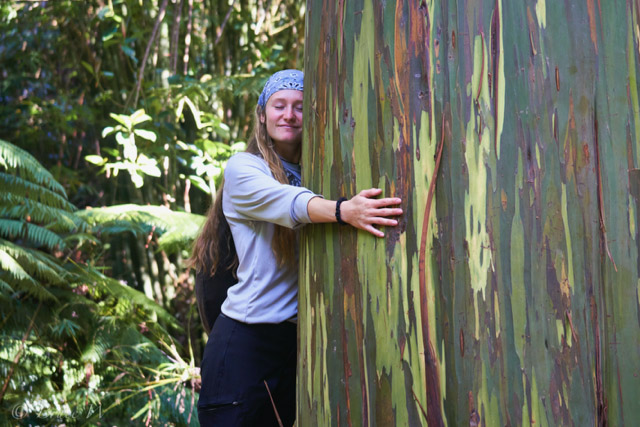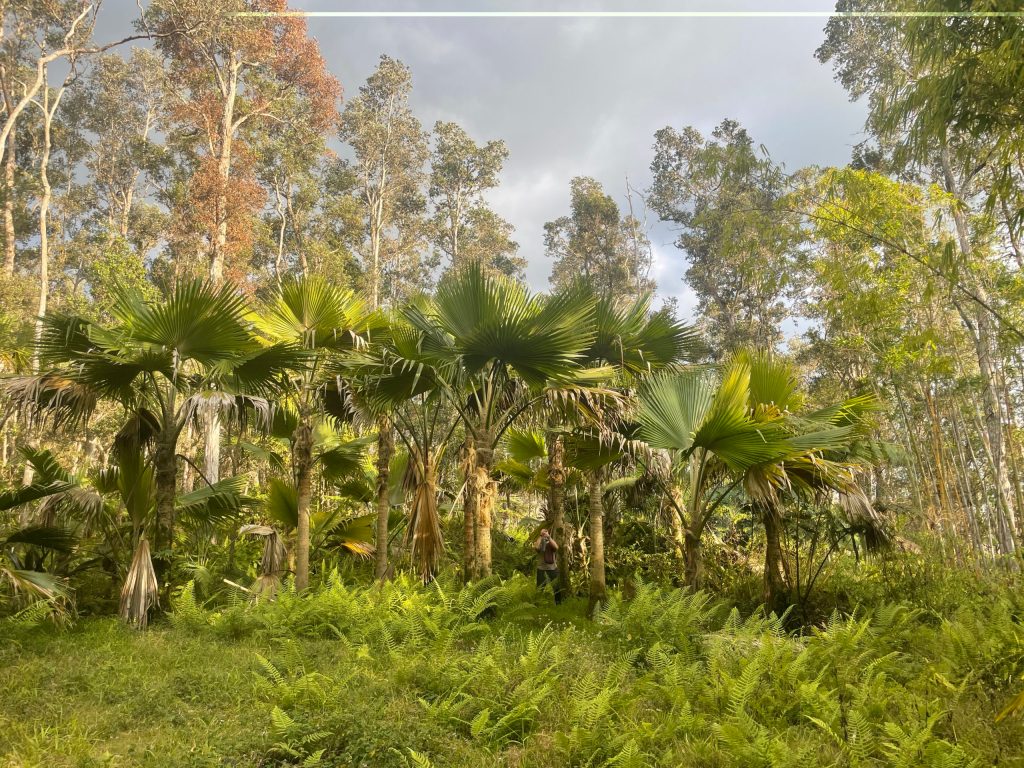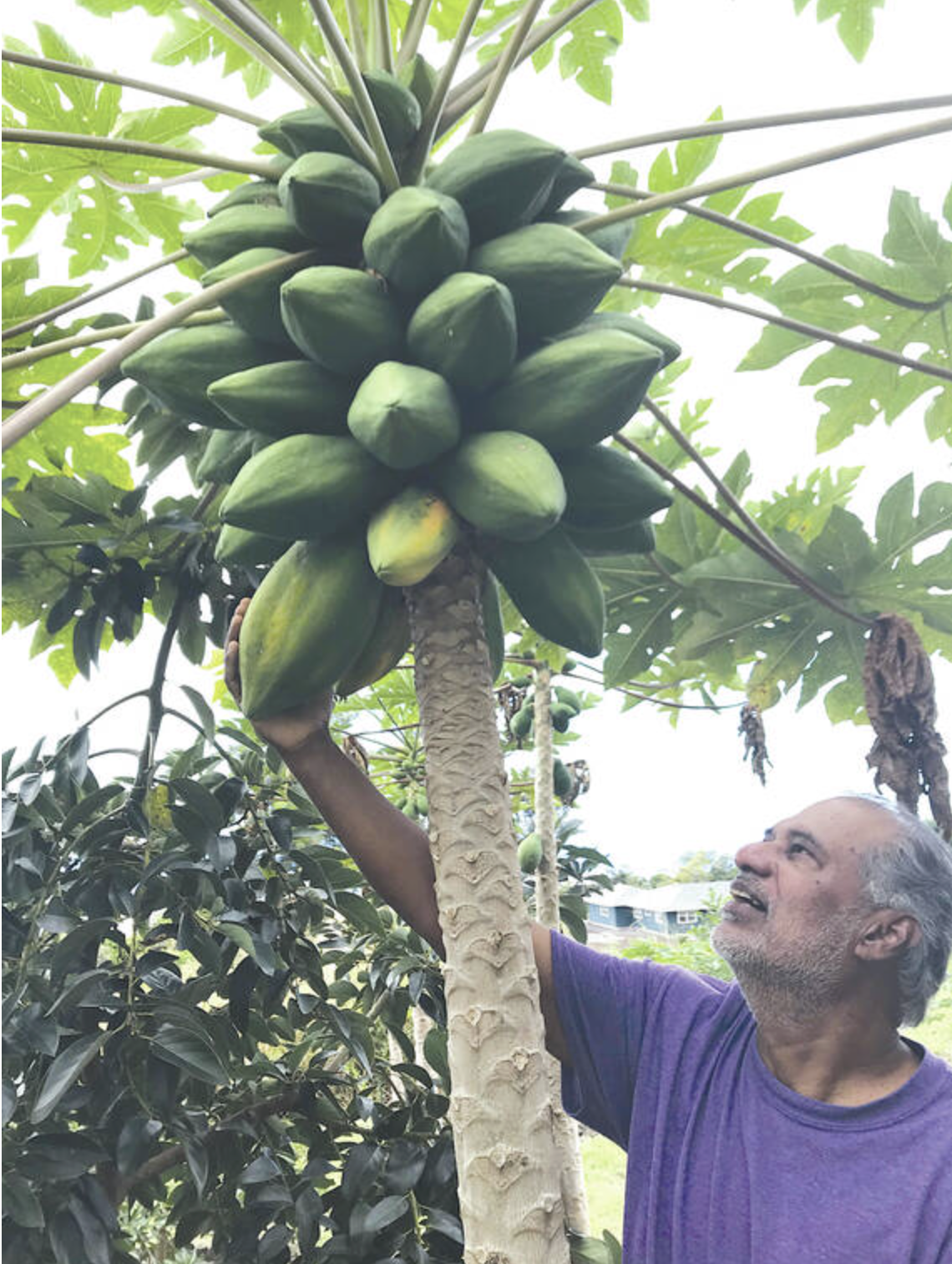In the botanical realm, some plants defy conventional wisdom and thrive in extraordinary conditions. The focus of this article is on air plants which exhibit the remarkable ability to grow without the need for soil. These unique plants, also known as epiphytes, find their ideal home in cloud forests.
What is an Epiphyte?
An epiphyte is a type of plant that grows on the surface of other plants, typically trees. The term is derived from the Greek epi, which means “on,” and phyton, meaning “plant.” It’s an ecological adaptation that is seen in a variety of tree-dwelling plants, both in the wild and in home gardens. Examples of epiphytes include tropical air plants, orchids, bromeliads, ferns, vines, and cacti. Epiphytes rely on humid air for their water and nutrient supply instead of soil and root systems. The ability to survive without roots or soil is what makes the epiphyte so successful in various habitats, allowing it to thrive without competing with nearby plants.
How and Why Air Plants Thrive in Cloud Forests
Epiphytes, including air plants, have evolved unique adaptations that allow them to flourish in cloud forests. These lush, misty ecosystems offer the perfect conditions for their growth. They have a symbiotic relationship with the trees they grow in, creating more condensation from the clouds that drips down the tree and into the tree’s root system. This is especially true for the native i’e i’e vine. The i’e i’e vine has thin stems and tiny roots that attach to the trunk of the tree. Most commonly you will see them hugging Hawaii’s state endemic tree, the Ohia Lehua.
The Canopy
Epiphytes have adapted to life in the forest canopy. They latch onto tree branches, using them for support, and access moisture-laden air, which is rich in nutrients. Remarkably, some epiphytes such as air plants require no soil and can absorb water and nutrients through specialized trichomes, which are tiny hair-like structures covering their leaves.
High Humidity Levels
One of the defining characteristics of cloud forests is the perpetually misty atmosphere and high humidity levels. These conditions are ideal for epiphytes like air plants, as they can directly absorb moisture from the air. Their adaptation to these moisture-rich environments enables them to dispense with the traditional root system and take full advantage of the damp surroundings.
Light and Nutrient Capture
Epiphytes have developed unique adaptations to capture light and nutrients efficiently. They can adjust the orientation of their leaves to optimize light exposure, ensuring that photosynthesis remains efficient.
Ecological Significance
Epiphytes, including air plants, play a crucial role in cloud forest ecosystems. They offer habitat and sustenance for various insects and small creatures, while their presence on tree branches can enhance tree growth and diversity by preventing the colonization of harmful epiphytes that might otherwise damage the host trees.
The presence and health of air plants can also serve as indicators of environmental conditions. Changes in their abundance or condition may signal alterations in air quality, humidity, or climate, providing valuable insights for ecological monitoring
Air plants play a crucial role in water and nutrient cycling. Their unique ability to absorb water directly from the atmosphere contributes to the hydrological cycle. Additionally, as they shed leaves and organic matter, they add to the nutrient pool in their environment..
These special plants, which can be found clinging to trees and other objects in the air, often provide habitats for birds, reptiles, amphibians, and other smaller animals. In this way air plants play an indispensable role in the health of the entire ecosystem in a given cloud forest, connecting the land, water, and air in sustaining the environment.
Beyond their ecological roles, air plants add aesthetic value to ecosystems. Their unique forms and often vibrant blooms contribute to the overall beauty of natural landscapes.
Conservation Efforts
The unique and fragile ecosystems of cloud forests are quickly changing due to human activity and climate change. Conservation efforts have stepped up in recent years with active programs to restore these important habitats. Not only do cloud forests provide homes to native species of plants and animals, but they can also act as a key filter for drinking water sources in certain regions. The Kona Cloud Forest Sanctuary is among the responsible collective of organizations that ensure that these essential ecosystems are maintained and survive. By promoting sustainable best practices and education, organizations like the Kona Cloud Forest Sanctuary play an important role in the conservation, preservation and restoration of cloud forests and the plants and animals that inhabit them. If you are interested in visiting one of these magical forests or looking to volunteer with them, below are a few links to businesses and organizations dedicated to cloud forest conservation.
- Community Cloud Forest Conservation
- Kona Cloud Forest Sanctuary
- Andean Cloud Forest Conservation
- Cloud Forest Conservation Initiative
Conclusion
Epiphytes with their ethereal beauty and captivating adaptations, offer a glimpse into the marvels of nature. In the enchanting world of cloud forests, epiphytes have found a niche where they can thrive, defying the conventional norms of plant growth.
FAQ’s
Do epiphytes have traditional roots?
Most epiphytes, such as air plants, lack traditional roots and have evolved alternative mechanisms for absorbing nutrients and water.
Can air plants be grown indoors?
Yes, air plants can thrive indoors with proper care, including regular misting or soaking and indirect light.
Are epiphytes found in other ecosystems besides cloud forests?
Yes, epiphytes can be found in various ecosystems, including tropical rainforests, temperate forests, and even deserts, depending on the species.
How do epiphytes avoid harming their host trees?
Epiphytes have evolved to coexist with their host trees by not causing harm. They do not draw nutrients directly from the host tree, and their presence can even benefit the host by deterring harmful epiphytes.
Can epiphytic plants be cultivated at home?
Yes, many epiphytic plants, including air plants and orchids, can be grown at home, adding a touch of nature to your indoor space.
What is the role of epiphytes in forest ecosystems?
A: Epiphytes provide habitat and food for various creatures, enhance tree diversity, and contribute to the overall health of the forest ecosystem.








